Meat Dicer Multifunctional Equipment Meets Diverse Needs
The Evolution of Kitchen Technology: From Manual Chopping to Automated Precision
The culinary landscape has undergone a seismic shift in recent decades, driven by the relentless pursuit of efficiency and precision. Manual labor, once the cornerstone of food preparation, now yields to automation. Meat dicing machines epitomize this transition, transforming arduous tasks into streamlined processes. These devices leverage advanced engineering to replicate the tactile expertise of chefs, yet with unwavering consistency. The advent of smart kitchen tools has democratized culinary excellence, empowering both home cooks and professional kitchens to achieve results once confined to high-end establishments.
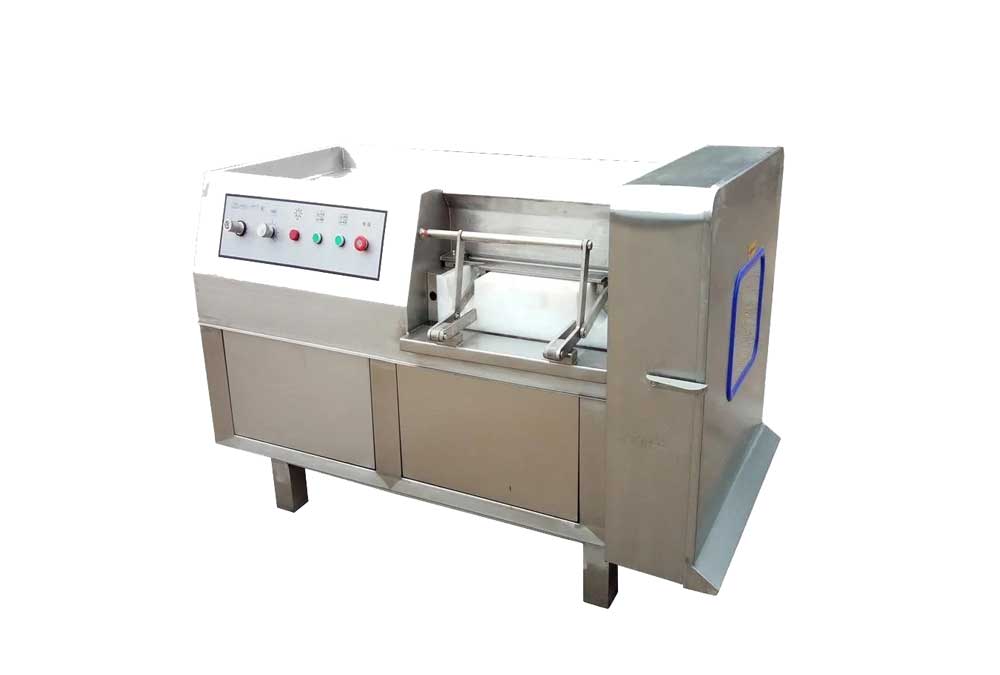
Understanding the Modern Kitchen's Need for Versatility
In an era defined by culinary innovation and time scarcity, versatility is non-negotiable. Traditional kitchen appliances often serve singular purposes, leaving users grappling with cluttered countertops and underutilized gadgets. Multi-purpose meat dicing machines disrupt this paradigm by consolidating functionality. They address the paradox of choice: the need to process diverse ingredients without compromising on performance. Whether slicing delicate fish fillets or dicing tough game meats, these machines adapt to the demands of modern gastronomy, where adaptability is a competitive advantage.
What Makes a Meat Dicing Machine Truly Multi-Functional?
True versatility lies in the interplay of design and technology. A superior meat dicing machine transcends basic blade mechanics, incorporating modular components that redefine utility. Consider the inclusion of interchangeable discs—thin slicing blades for charcuterie, cube-cutters for stir-fries, or even specialized graters for fresh cheese. Such adaptability is further enhanced by programmable interfaces, allowing users to store presets for recurring tasks. The marriage of mechanical ingenuity and software-driven customization elevates these appliances beyond mere tools into culinary allies.
Core Functions Beyond Basic Meat Chopping
While dicing remains foundational, modern machines now offer hyper-specific functions. Precision blade matrices can produce uniform cubes as small as 3mm or as large as 2cm, critical for dishes ranging from soups to kebabs. Some models even integrate mincing attachments, ideal for creating textured meat pastes for dumplings or sausages. Beyond meat, these appliances often double as vegetable choppers or nut grinders, catering to plant-based diets and mixed culinary techniques.
Adapting to Different Meat Types: Beef, Pork, Poultry, and Beyond
Different meats demand distinct approaches. Beef’s fibrous texture requires robust blade pressure, while poultry’s tender flesh necessitates gentler handling to avoid fragmentation. Advanced machines feature adjustable torque settings and blade spacing, ensuring optimal results across species. Innovations like hydrostatic pressure systems further enhance precision, minimizing cell rupture in delicate proteins like fish. This adaptability caters to both carnivorous staples and emerging trends like venison or bison butchery.
Precision in Portion Control: The Key to Consistency
Consistency is the hallmark of professional kitchens, and portion control is its linchpin. Multi-functional dicing machines eliminate human error by calibrating feed rates and blade speed. Restaurant chains, for instance, rely on these devices to standardize meat portions for menu items, ensuring cost predictability and culinary uniformity. At home, this translates to consistent stir-fry ingredients or evenly sized meatballs, where texture and visual appeal are paramount.
The Role of Adjustable Blade Systems
Modularity is the unsung hero of multi-functional design. Swappable blade attachments allow users to transition from slicing prosciutto to grinding coffee beans (in select models), maximizing utility. Some systems incorporate diamond-coated blades for longevity, reducing the need for frequent replacements. Others employ magnetic attachment mechanisms for tool-free swaps, prioritizing ease of use in fast-paced environments.
Intelligent Automation: Smart Settings for Busy Professionals
Modern dicing machines are no longer passive tools—they are intelligent collaborators. Sensors detect meat density and adjust motor speed accordingly, while touchscreen interfaces offer pre-programmed recipes. A sushi chef might select a preset for sashimi-grade tuna slicing, while a burger joint could automate 1-inch beef cube production. Voice-activated controls in premium models further streamline workflows, ideal for hands-busy professionals.
Space Efficiency: Compact Designs for Modern Kitchens
The minimalist aesthetic of contemporary kitchens demands appliances that maximize function without sacrificing space. Sleek, countertop-friendly designs now house powerful motors and multiple attachments, often folding or nesting components for storage efficiency. Commercial-grade models boast stackable units, enabling multi-station setups without spatial compromise.
Energy Efficiency and Cost Savings Over Time
Energy-conscious engineering is a cornerstone of modern appliance design. Motors with variable speed drives reduce power consumption during low-load tasks, while thermally optimized casings prevent heat buildup. Over time, this translates to lower utility bills and extended motor lifespans. For businesses, reduced labor costs—fewer hours spent manually chopping—offset initial investment, yielding a compelling ROI.
Safety Features That Protect Users and Maintain Hygiene
Safety innovations mitigate risks inherent in high-speed machinery. Auto-shutoff mechanisms detect stalled feed mechanisms or misaligned blades, preventing jams and injuries. Sanitation is prioritized through non-porous, FDA-grade materials and detachable components that are dishwasher-safe. UV-C sanitation cycles in premium models further eliminate bacterial residues, a critical feature in post-pandemic kitchens.
Commercial vs. Residential Use: Tailoring the Machine to Your Needs
While core functionalities overlap, application-specific features distinguish commercial and residential models. Industrial-grade machines prioritize throughput, with heavy-duty motors and conveyor feeds for continuous operation. Residential units focus on noise reduction and intuitive controls, often with quieter motors and smaller footprints. Scalability is key: a family kitchen may need a 110V model, whereas a restaurant requires 220V capacity.
The Impact on Food Service Industries: Restaurants, Cafeterias, and Caterers
In food service, time is currency, and multi-functional dicing machines revolutionize workflow efficiency. A caterer preparing 500 portions of chicken curry can dice, mince, and slice ingredients in hours rather than days. Cafeterias reduce cross-contamination risks by using dedicated attachments for meats and vegetables. For restaurants, these devices also support menu diversification, enabling chefs to experiment with proteins and textures without scaling up staff.
Home Chef Applications: From Weeknight Dinners to Holiday Feasts
For home cooks, these machines bridge the gap between amateur and professional cooking. A weeknight stir-fry gains restaurant-quality consistency, while holiday feasts—think Thanksgiving turkey stuffing or Christmas beef Wellington—become manageable with uniform meat cubes. Families with dietary restrictions can easily prep allergen-free meals, as attachments can be swapped to avoid cross-contamination.
Integration with Modern Kitchen Gadgets
Seamless interoperability is essential in connected kitchens. Some dicing machines sync with IoT platforms, allowing users to schedule tasks remotely via smartphone apps. Others integrate with sous vide machines or vacuum sealers, creating end-to-end workflow solutions. Pairing with slow cookers or pressure cookers further amplifies utility, enabling batch cooking and meal prep efficiency.
Troubleshooting Common Challenges
Even advanced appliances face challenges. Blade wear, a common issue, can be mitigated with self-sharpening mechanisms or reversible blades. Motor stalling often results from overloading; visual load indicators prevent this. For software glitches, cloud-based diagnostics provide real-time troubleshooting, while firmware updates ensure longevity.
Maintenance Made Simple: Long-Term Care Tips
Proper maintenance extends machine lifespan. Deep cleaning involves disassembling blade assemblies and using food-grade lubricants on pivot points. Blade sharpening kits with diamond rods restore edge sharpness, while periodic motor inspections ensure belt tension remains optimal. Many models now feature self-cleaning cycles, reducing manual effort.
User Testimonials: Real Stories of Transformation
Professional pizzaiolos report cutting prep time by 60% using automated tomato dicing for fresh sauces. A Michelin-starred chef credits a machine’s precision cubes for elevating their signature gnocchi dish. At home, a single mother praises the device for simplifying family meals, reducing prep time from 90 to 20 minutes.
Comparing Top Brands: A Buyer’s Guide to Key Features
When evaluating brands, prioritize blade quality (stainless steel vs. titanium), motor wattage (critical for dense meats), and attachment diversity. Budget models like the KitchenAid ProLine offer basic functions, while high-end brands such as Hobart or Poly-Science feature industrial-grade durability. Customer support response times and warranty terms are equally vital for long-term reliability.
Future Innovations: Where Meat Dicing Technology is Headed
The horizon promises AI-driven customization, with machines learning user preferences to auto-adjust settings. Voice-command interfaces and augmented reality guides will further simplify operation. Sustainability trends drive innovations like biodegradable blade coatings and solar-charging capabilities, aligning with eco-conscious consumer demands.
Conclusion: Embracing the Future of Culinary Preparation
The multi-functional meat dicing machine is not merely a tool—it is a catalyst for culinary evolution. By harmonizing precision, adaptability, and efficiency, these devices empower cooks at all levels to elevate their craft. As technology advances, their role in kitchens will only grow, redefining what is possible in both home and professional settings.
Call to Action: Elevate Your Cooking Experience Today
Elevate your culinary journey with a machine that transcends convention. Explore top-tier models, assess your kitchen’s needs, and invest in a tool that merges innovation with practicality. Whether you’re a gourmet chef or a weekend cook, the right dicing machine transforms routine tasks into opportunities for creativity and excellence. Your next masterpiece begins here.
Must-Read Blogs For Chain Restaurants Owner

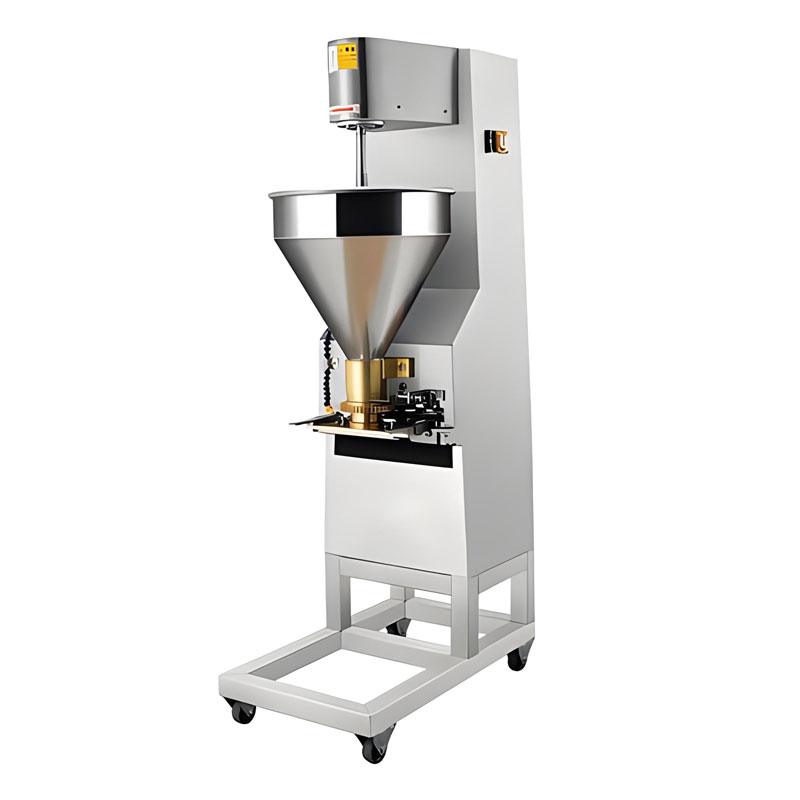
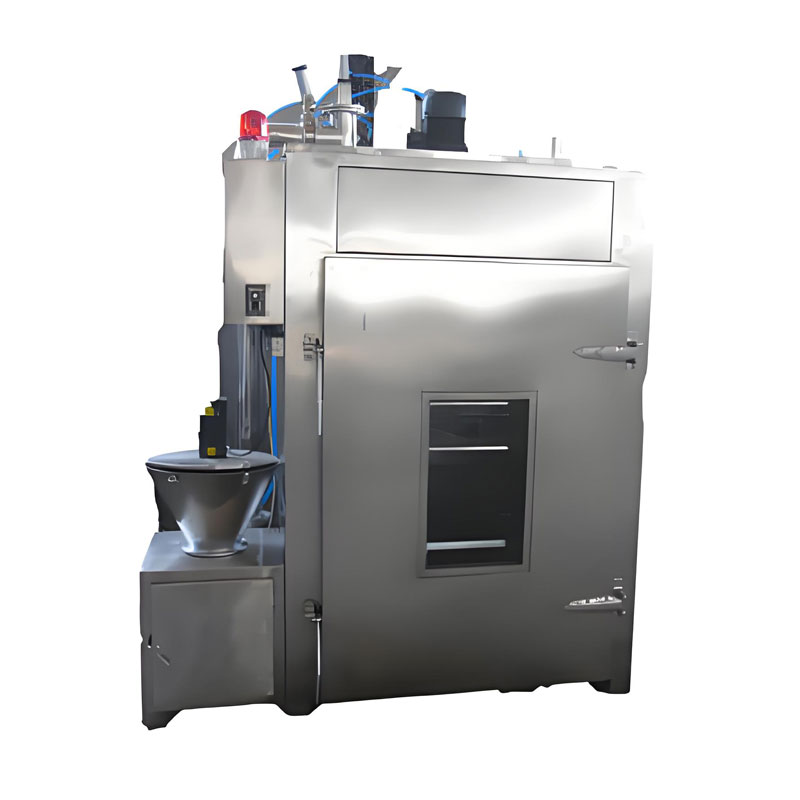
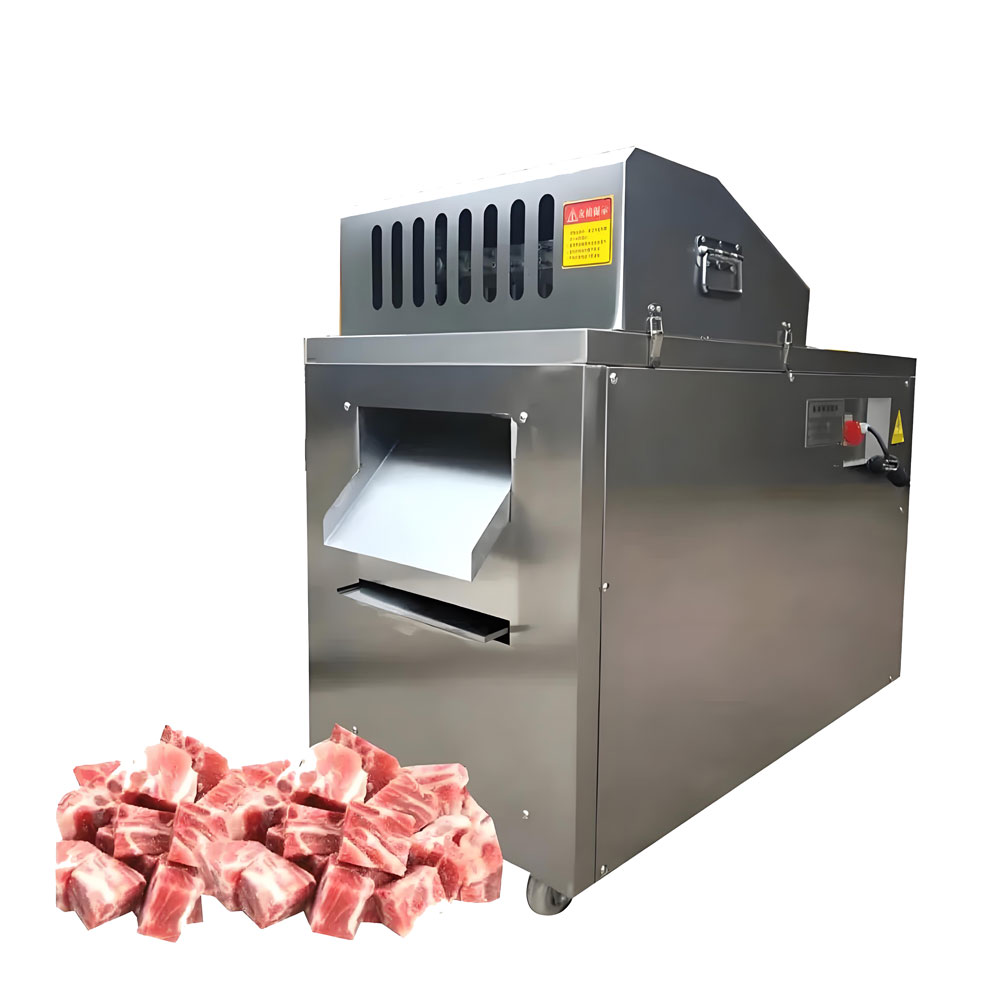
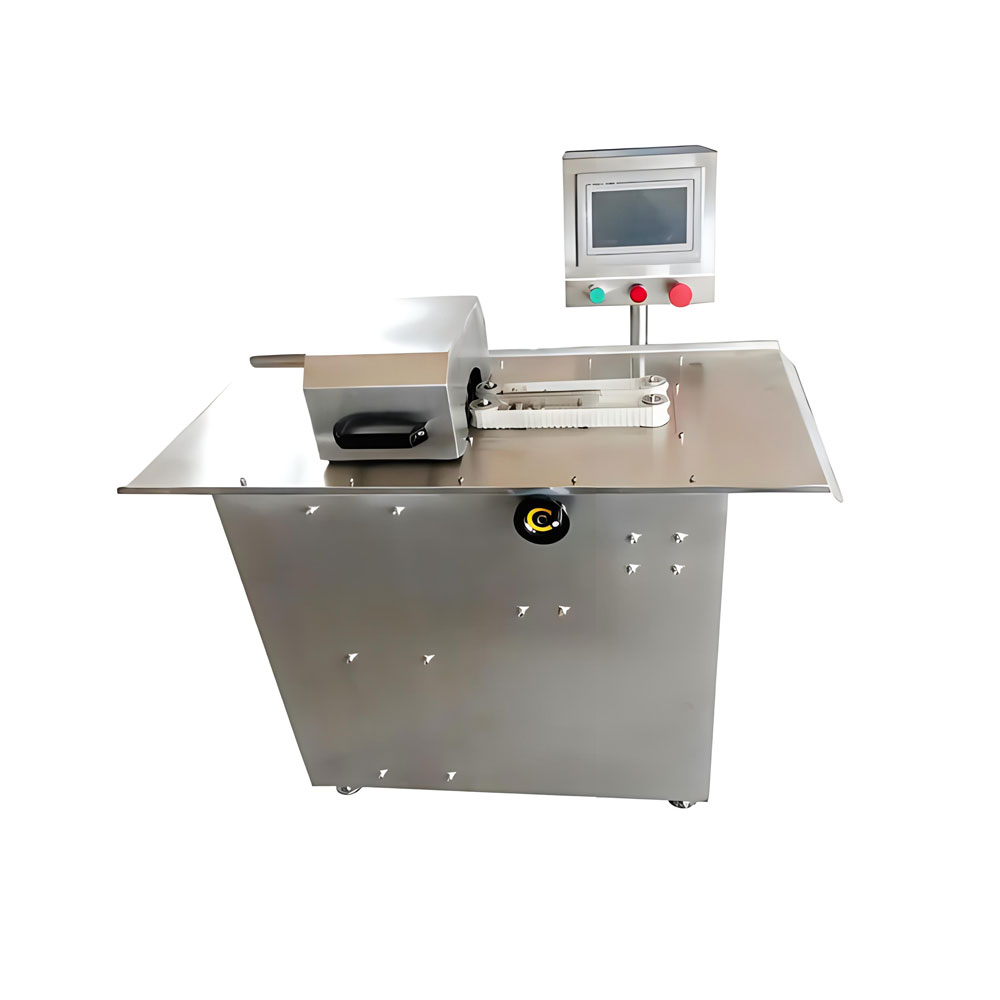
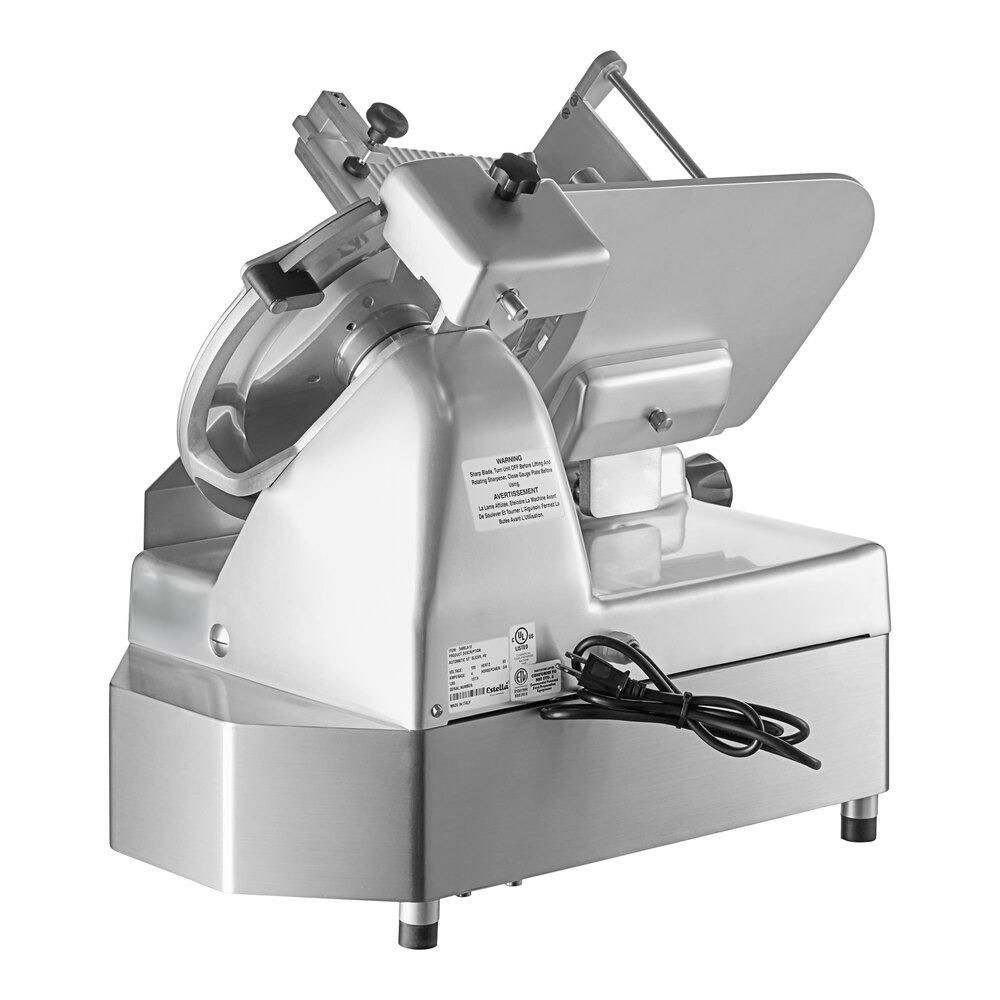
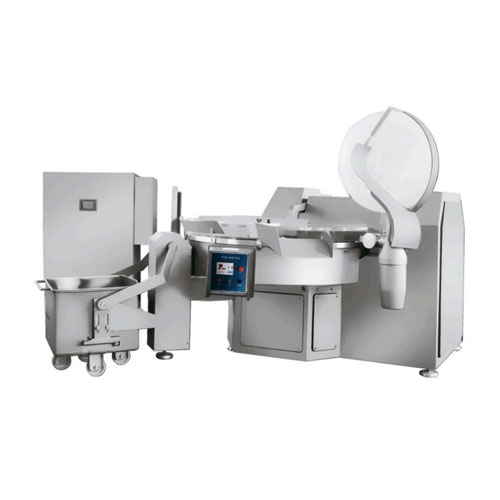
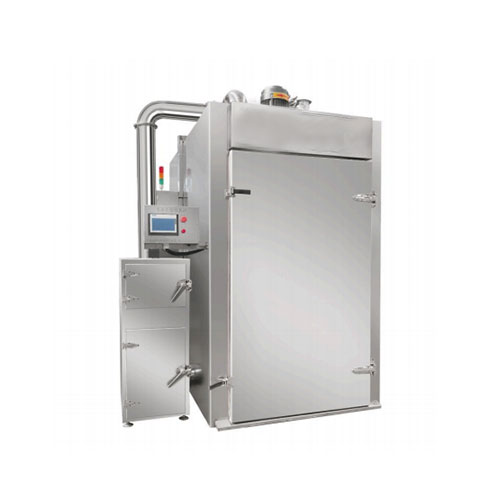
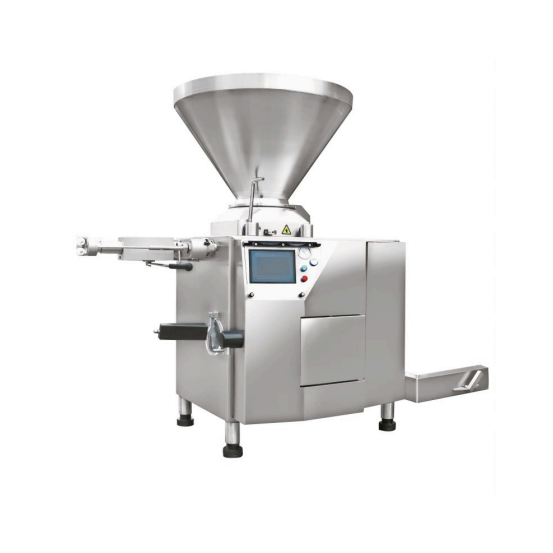
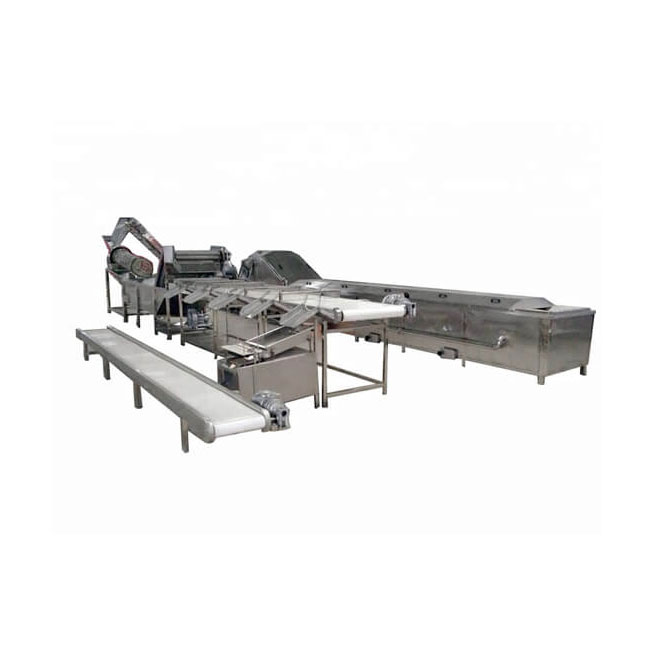
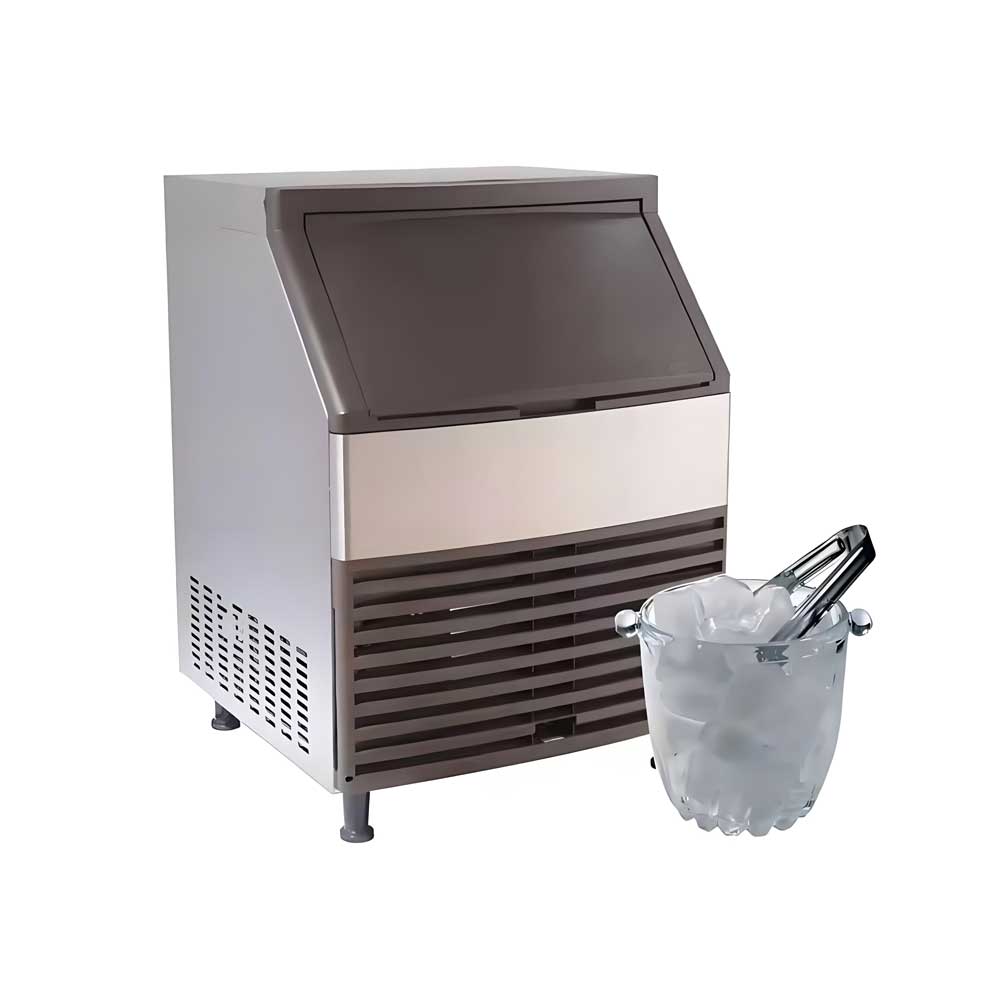
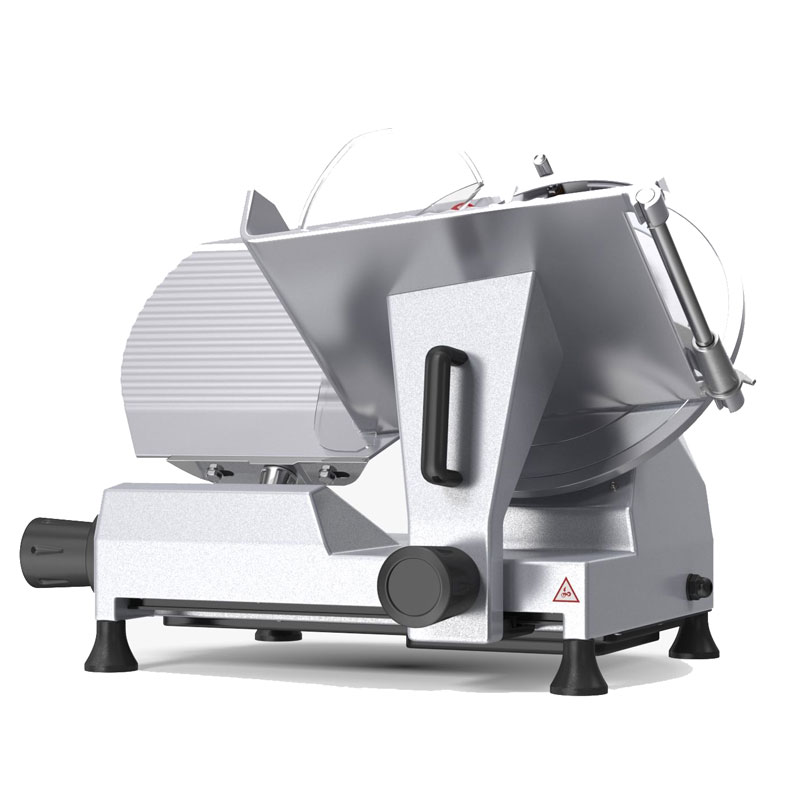 Heavy Duty Meat Slicer Machine
Heavy Duty Meat Slicer Machine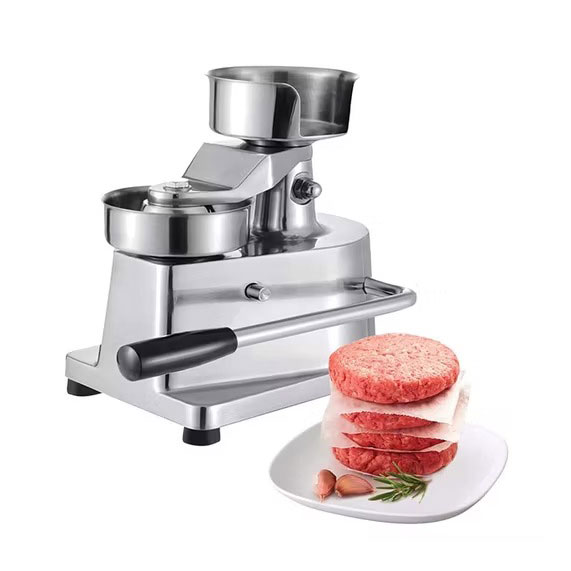 Meat Pie Maker Machine
Meat Pie Maker Machine
Ready to Get Started?